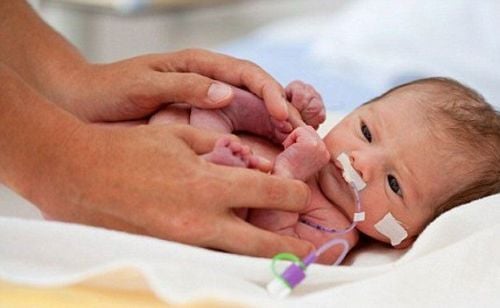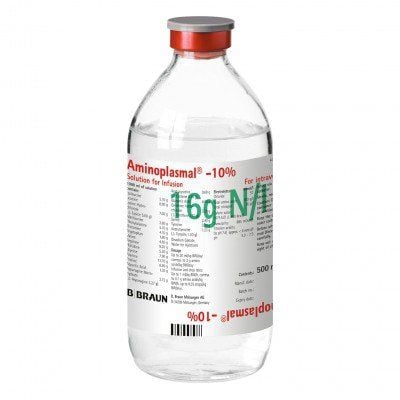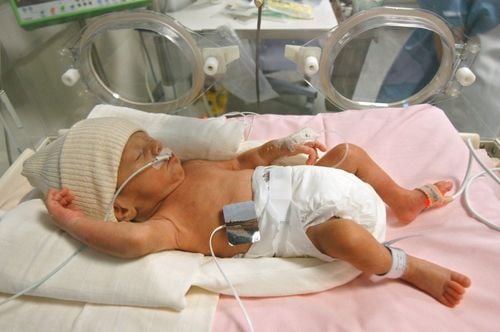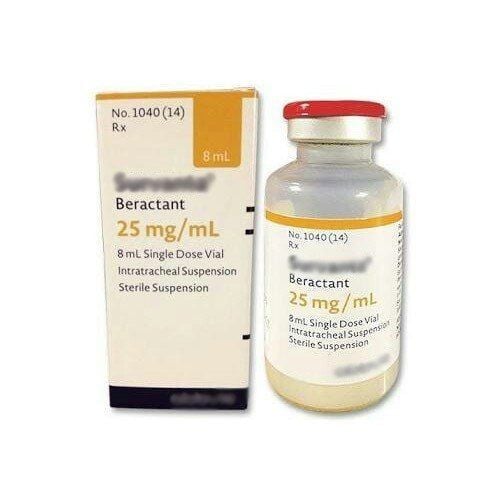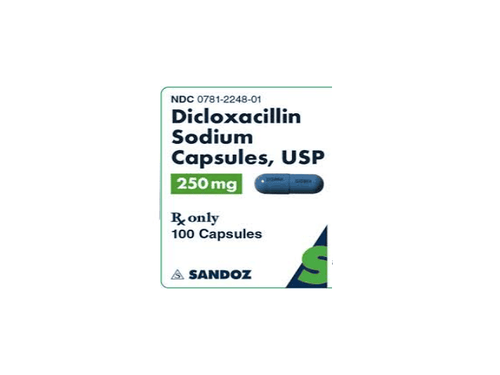This is an automatically translated article.
Posted by Specialist I Trieu Thi Hong Thai - Neonatologist - Neonatology Department - Vinmec Times City International General HospitalBronchopulmonary dysplasia is a chronic lung disease, mostly seen in premature infants who need ventilators and oxygen therapy to intervene in acute respiratory disorders. It can also occur in infants, but breathing problems are less severe. In the setting of bronchopulmonary dysplasia, the lungs and bronchi are damaged during infancy, leading to dysplasia of the alveoli in the lungs.
1. Bronchopulmonary dysplasia
Bronchopulmonary dysplasia (BPD) or pulmonary fibrosis in premature infants or chronic lung disease in premature infants is the most common complication in premature infants, accounting for 5–68%. The disease occurs when the baby needs oxygen support for at least 28 days after birth, the severity is dependent on oxygen, mechanical ventilation support, to maintain SpO2> 92%. For infants >= 32 weeks, the time to determine chronic lung is 28-56 days after birth. For infants <32 weeks, the time to determine pulmonary fibrosis is 36 weeks of corrected gestational age.
2. Risk factors for developing bronchopulmonary dysplasia
The risk factors for developing bronchopulmonary dysplasia are as follows:
Immature/premature lungs: Vulnerable to oxygen damage, gas trauma, Lack of surfactant Poor resistance to oxidants; Oxygen poisoning (via free oxygen radicals); Trauma to gas, pressure (ventilator); Pulmonary edema (due to a lot of fluid and ductus arteriosus);
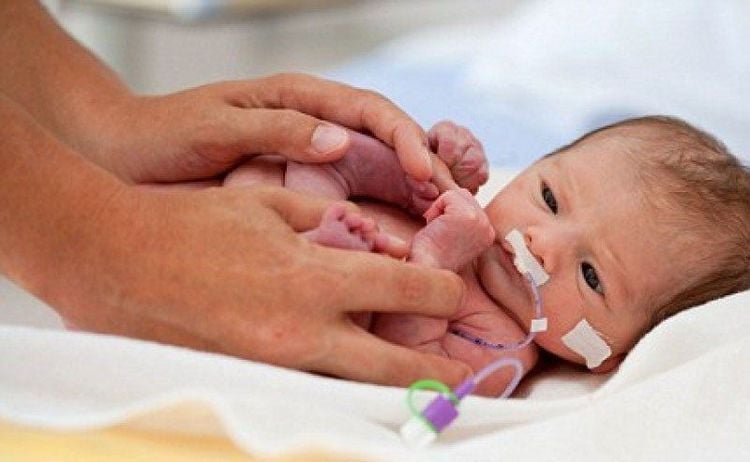
Inflammation of the respiratory tract (hospital bacteria) Impaired ability to synthesize surfactant (late); Mother lacks nutrients, trace elements Genetic factors (Gen); Because the mother has amnionitis, the mother must not take steroids before giving birth.
3. Manifestations of children with bronchopulmonary dysplasia
Manifestations of children with bronchopulmonary dysplasia are very clear, specifically:
The child's whole body is breathing hard, increasing the need to use oxygen to maintain SpO2> 92% or slow heart rate, stop breathing. Or have cyanosis, slow heart on exertion. Respiratory: thoracic indrawing, moist rales are often heard, pulmonary ventilation is reduced, expiratory time is prolonged. Tachycardia Abdomen: may see hepatomegaly due to right heart failure. Blood gas test: Usually high CO2, in chronic stage, PH usually falls below 7.25. Electrolytes: Consequences of increased CO2 are diuresis or fluid restriction. Peripheral blood cells: Diagnosis of associated infections. Diagnostic imaging: X-ray of the lungs: air retention, alveolar collapse, bronchi, fibrosis, inflammatory lesions. Renal ultrasound: Calcification in case of prolonged diuretic use. Echocardiography: There may be pulmonary hypertension, right heart failure.
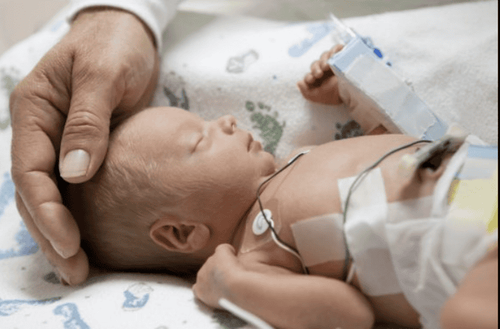
4. Other related complications, common combinations
Upper airway obstruction: Trauma to the nasal septum, throat, pharynx, trachea, bronchi. Common abnormalities are soft cartilage, bronchial cartilage. Pulmonary hypertension: This is the most common complication with the rate of 38%-43% occurring in 2-year-old children with bronchopulmonary dysplasia. This is a consequence of prolonged hypoxia, constriction of the pulmonary blood vessels. Systemic hypertension. Gastroesophageal reflux
5. Consequences of bronchopulmonary dysplasia
Mortality from bronchopulmonary dysplasia in the first year is up to 10-40%, most often due to infection. In addition, the disease can also leave long-term sequelae on many organs in the body as follows:
Respiratory system: Children often have difficulty breathing, wheezing, stopping breathing, coughing,... Estimate, rate hospitalization rate is 5 times higher/year and 2 antibiotics are used more than children without bronchopulmonary dysplasia. The disease often causes recurrent episodes of pneumonia and bronchial asthma in the first 2 years of life, greatly affecting end-expiratory volume in the first second to 8-15 years of age. Nervous system: Bronchopulmonary dysplasia also causes retardation of mental and motor development in children, and acid-base metabolic disorders due to prolonged diuresis.

Digestive: Bronchopulmonary dysplasia causes children to have gastroesophageal reflux disease, inguinal hernia,... In addition, the disease also causes children to have hearing loss or loss of hearing, causing retinopathy in premature babies. ROP), renal calcium, rickets,...
As a dangerous disease and can leave many complications, children will be prevented from getting sick by pumping surfactant after birth, breathing CPAP, nourishing high energy, treatment of the ductus arteriosus, corticosteroids... However, when the rate of premature babies was saved more, the rate of children with pulmonary fibrosis increased with gestational age decreased gradually.
6. Treatment when children with bronchopulmonary dysplasia are discharged from hospital
When the child is discharged from the hospital, parents need to have a suitable child care regimen as prescribed by the doctor by:
Support oxygen at home. Use bronchodilators, diuretics, supportive drugs as prescribed by your doctor. Fully immunize with vaccines, maintain appropriate nutrition, and avoid exposure to smoke. Currently, stem cell transplantation is an effective new treatment method, minimizing complications of old methods (using diuretics, corticosteroids). At Vinmec, the only hospital in the North that has performed this technique with a success rate of 80%.
This is an advanced technique that can definitively treat severe pulmonary fibrosis in premature babies. The transplanted stem cells are pluripotent cells, helping the fibroblasts to mature well, increasing the chances of cure and healthy living for premature babies with pulmonary fibrosis complications, gradually reducing the time of dependence on the machine, faster quickly return the child to a normal life.
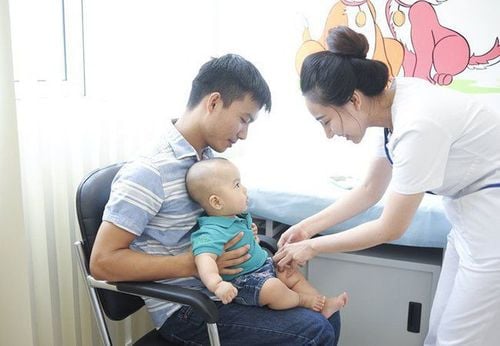
Bronchopulmonary dysplasia is an unavoidable lung injury in premature infants if respiratory support is required. However, thanks to medical achievements, especially stem cell transplantation, this disease is no longer a long-term obsession. Vinmec Medical System has gradually applied and succeeded in not only nurturing premature babies but also preserving the child's respiratory function.
Please dial HOTLINE for more information or register for an appointment HERE. Download MyVinmec app to make appointments faster and to manage your bookings easily.





